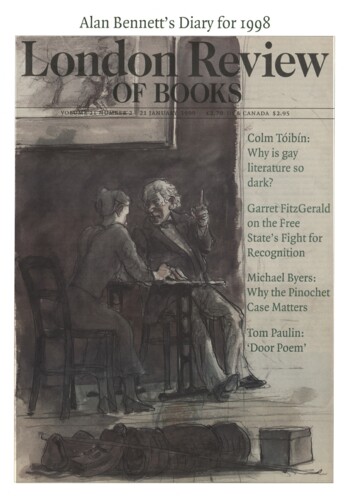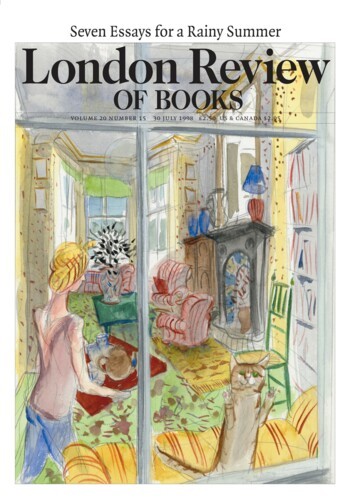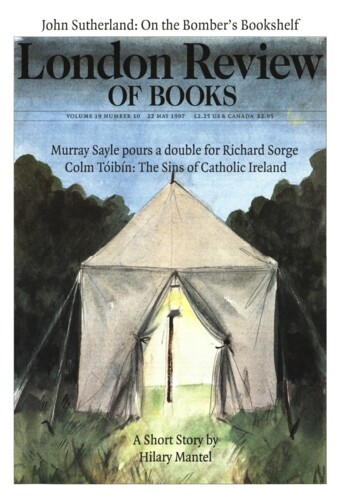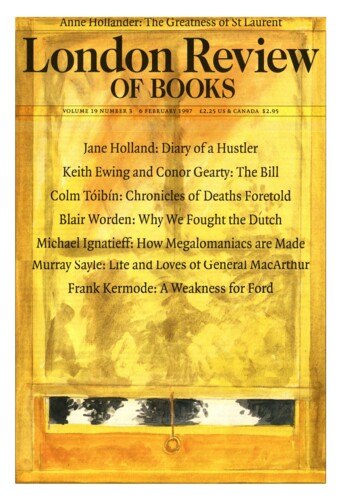Roaming the Greenwood: A History of Gay Literature: The Male Tradition by Gregory Woods
Colm Tóibín, 21 January 1999
In his essay ‘The Argentine Writer and Tradition’, Borges wrote that the Argentine writer, and the South American writer, by virtue of being distant and close at the same time, had more ‘rights’ to Western culture than anyone in any Western nation. He went on to explore the extraordinary contribution of the Jewish artist to Western culture and of the Irish writer to English literature. For them, he argued, it was ‘enough, the fact of being Irish and different, to be innovators within English culture’. Similarly, Jewish artists ‘work within the culture and at the same time do not feel tied to it through any special devotion’. His essay was written around 1932, a long time before any clear view emerged of the gay writer’s place in literary tradition, and before the idea emerged that Irish, Jewish or gay (or, later, South American) writing was itself the centre rather than the periphery renewing the centre.‘





